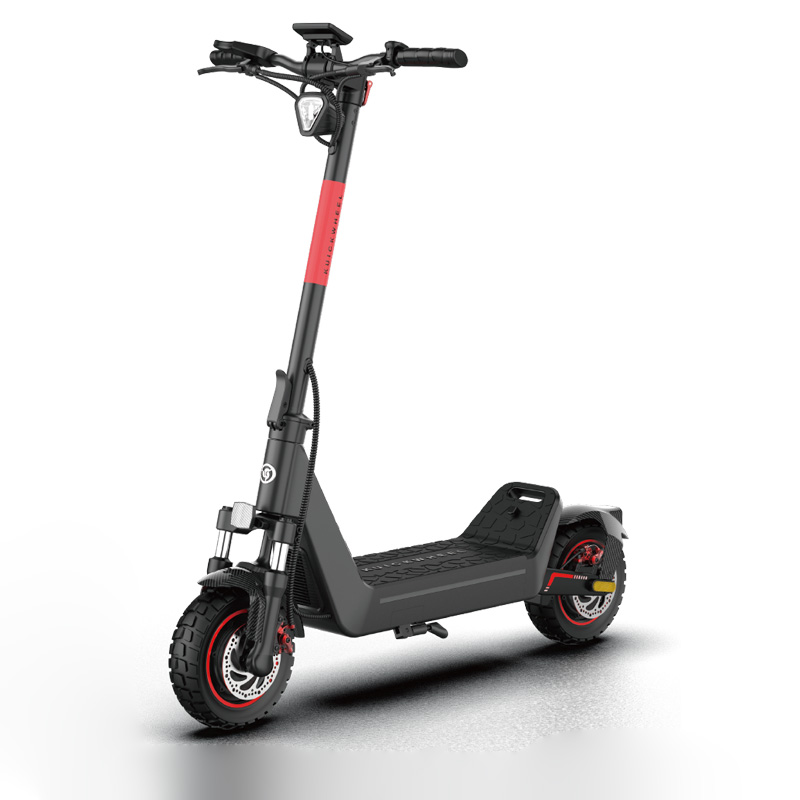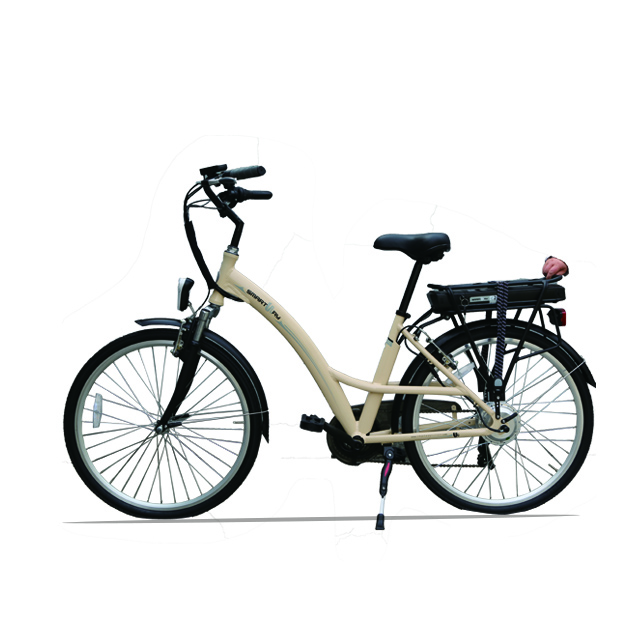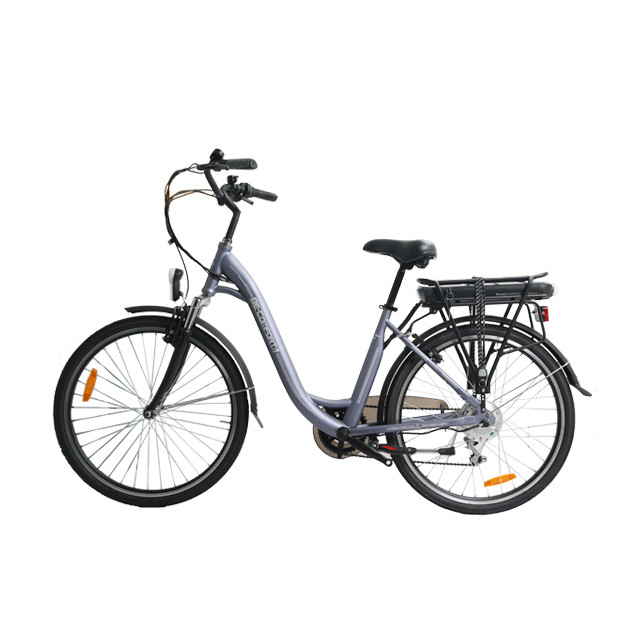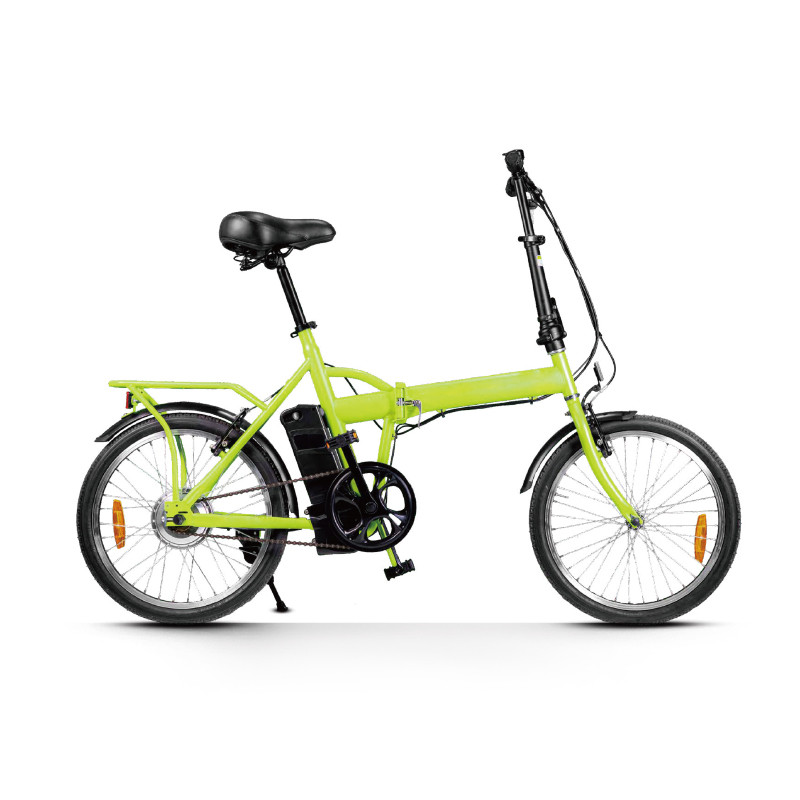-
414 Block B, ZT Times Plaza, Wuhan, Hubei, China
Blog
Which Scooter Type Works Best For Rental Businesses?
Summary
Electric scooters, or e-scooters, have become an integral part of the micro-mobility landscape, particularly within urban environments, as cities seek sustainable and efficient transportation alternatives to combat traffic congestion and pollution. Characterized by their compact design and battery-powered operation, e-scooters typically reach speeds of 15-20 mph and can travel 15-20 miles on a single charge, making them a convenient option for short-distance travel and last-mile connectivity. The growing popularity of e-scooters has led to an increase in rental services, highlighting their potential to address urban transportation challenges while offering business opportunities for entrepreneurs.
The e-scooter rental market is influenced by a range of factors, including local infrastructure, population density, and the specific needs of target customers, which can vary widely from casual urban riders to individuals with mobility challenges. Key considerations for rental businesses include the types of scooters available, safety features, and customer service, as these elements significantly impact user satisfaction and the overall success of the operation. Additionally, the environmental implications of e-scooter use, including their potential to reduce carbon emissions when replacing car trips, have garnered attention from both users and policymakers.
Controversies surrounding e-scooters often center on issues such as safety, vandalism, and the visual clutter created by dockless systems, which allow scooters to be parked anywhere within a designated area. As cities strive to manage these challenges, the development of effective regulations and the implementation of responsible operational practices are crucial for ensuring the sustainability of e-scooter rentals. The rapid growth of the e-scooter rental market—projected to exceed 29 billion EUR by 2026—highlights its significance as an emerging industry, offering economic opportunities while also necessitating careful consideration of urban planning and public safety.
Overview
Electric scooters, commonly known as e-scooters, have emerged as a vital component of the micro-mobility landscape, particularly in urban settings where the demand for convenient and eco-friendly transportation options is increasing. These compact, battery-powered vehicles are designed primarily for short-distance travel, featuring a narrow platform mounted on two wheels, a steering column, and handlebars for control. Most e-scooter models can achieve speeds of 15-20 mph and a range of 15-20 miles on a single charge, making them ideal for last-mile connectivity and short urban trips.
As the popularity of e-scooters grows, so does the interest in their application within rental businesses. The scooter rental market presents numerous opportunities, but success is contingent on understanding the specific needs of the target audience and the urban environment. Factors such as infrastructure, population density, and local transportation habits can significantly influence the feasibility and success of an e-scooter rental service.
Additionally, safety and usability are crucial aspects to consider when establishing a scooter rental business. Essential safety features include effective braking systems, adequate lighting and visibility, high-quality tires, and speed-limiting controls. Different types of scooters cater to various user needs, from lightweight standard scooters suitable for casual riders to heavy-duty models designed for users requiring extra support and stability. The right choice of scooter not only enhances user experience but also contributes to the overall sustainability of urban mobility systems by potentially reducing carbon emissions when replacing car trips with e-scooter rides.
Moreover, the environmental impact of e-scooters is a pivotal factor in their adoption. Studies indicate that while e-scooters produce zero direct emissions during operation, their overall sustainability hinges on effective management practices, including extended lifespan through durability and maintenance, efficient charging systems, and the use of renewable energy sources for charging operations. In this context, rental businesses must prioritize the selection of high-quality scooters and implement responsible operational practices to minimize their ecological footprint and maximize user satisfaction.
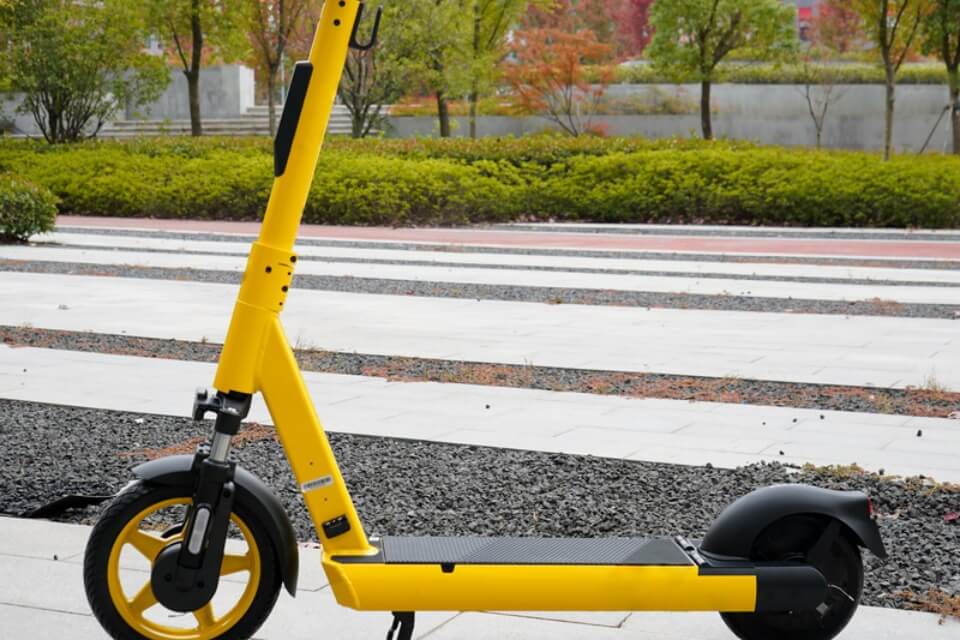
Types of Scooters
When considering scooters for rental businesses, it is essential to understand the different types available and their respective features. The choice of scooter often depends on the specific needs of customers, ranging from casual riders to those with mobility challenges.
Electric Scooters
Electric scooters (e-scooters) have emerged as a popular form of micromobility, particularly in urban settings.
Stand-Up Electric Scooters
Stand-up electric scooters are the most common type of e-scooter, often favored by younger, more active riders. They are designed for urban commuting and casual use, featuring a lightweight frame, small wheels, and a foldable design. These scooters are versatile and can easily navigate city streets.
Off-Road Electric Scooters
For those looking to venture onto rough terrains, off-road electric scooters are specifically designed to handle challenging surfaces such as dirt trails and gravel paths. These scooters typically feature larger, heavy-duty tires and increased suspension to provide a smoother ride on uneven ground.
Hybrid Models
Some rental companies offer hybrid scooters that combine features of both stand-up and sit-down models, providing flexibility for a broader range of users. This versatility can enhance the rental experience by accommodating various preferences and riding styles.
Mobility Scooters
Mobility scooters are designed to assist individuals with varying degrees of mobility.
Standard Scooters
Standard scooters are best suited for individuals with moderate mobility needs. They are user-friendly and equipped with basic features, making them ideal for short-term rentals in locations such as theme parks. Standard scooters are perfect for general use and provide a simple, effective option for guests looking to navigate around easily.
Heavy-Duty Scooters
For guests requiring additional support and durability, heavy-duty scooters are recommended. These models are built to accommodate higher weight capacities and offer sturdier construction, making them suitable for all-day use at parks and other venues. They are designed to provide greater stability and support, thus catering to those who may need extra assistance.
Travel-Friendly Scooters
Travel-friendly scooters are lightweight, foldable, and easily disassembled, making them ideal for travelers and families seeking convenience. These scooters allow for easy transport and storage, making them a popular choice among tourists and individuals on the go.
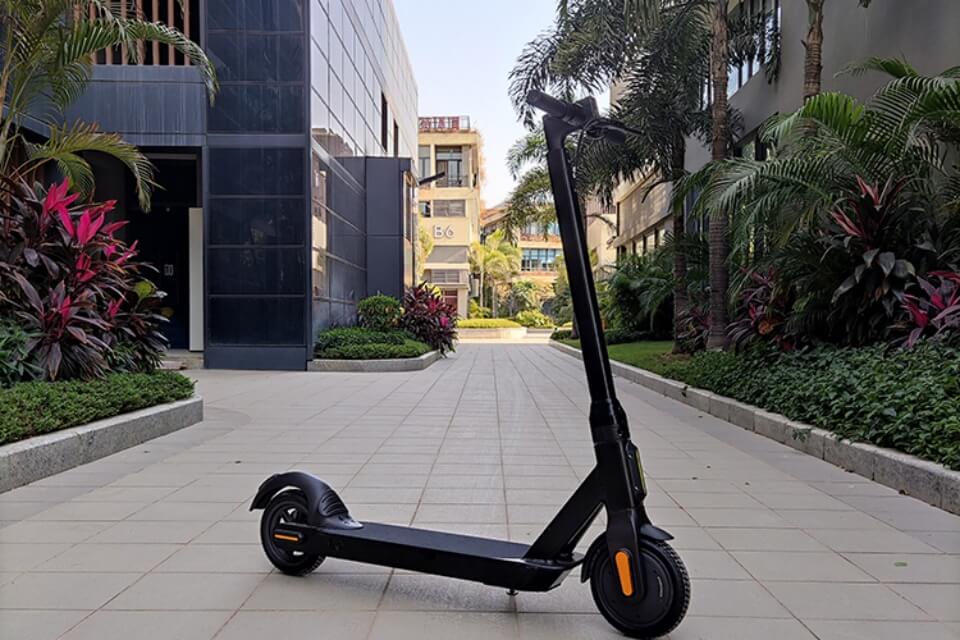
Factors to Consider for Rental Businesses
When establishing a rental business focused on scooters, several critical factors must be taken into account to ensure success and customer satisfaction.
Understanding Customer Needs
First and foremost, it is essential to understand the specific needs of your target customers. Different demographics may prefer various scooter types; for instance, younger travelers often opt for modern stand-up e-scooters for urban commuting, while older individuals or those with mobility challenges may prefer seated mobility scooters. Gathering insights through customer feedback and market research can help tailor your offerings effectively.
Evaluating Rental Companies
Researching potential rental companies is another vital step. Prospective renters should check online reviews and testimonials to assess the reliability and reputation of different providers. A company that offers a diverse range of models and flexible rental terms can better accommodate varied customer preferences and needs.
Cost Analysis and Transparency
Cost is a significant factor in the scooter rental business. Prices can fluctuate based on scooter types, rental duration, and specific company policies. It is advisable to provide a detailed breakdown of costs, highlighting any additional fees, such as delivery charges or insurance. Clear and transparent pricing fosters customer trust and satisfaction.
Importance of Customer Service
Excellent customer service is crucial for a successful rental operation. A responsive and helpful customer support team can resolve issues quickly and enhance the overall rental experience for users. Features such as real-time tracking and automated booking systems can streamline operations and improve customer interaction.
Safety Features and Maintenance
Safety cannot be overlooked. Scooter models equipped with enhanced safety features—such as anti-tip wheels, robust lighting systems, and emergency contact options—are essential, particularly for renters who may be less experienced or have mobility concerns. Regular maintenance schedules are also important to ensure all scooters are in good working condition and safe for use.
Technology Integration
Implementing rental management software can significantly enhance operational efficiency. Tools for real-time inventory tracking, automated reminders, and centralized communication can help businesses manage rentals more effectively and reduce administrative burdens. Furthermore, adapting to technological advancements can provide a competitive edge in an evolving market.
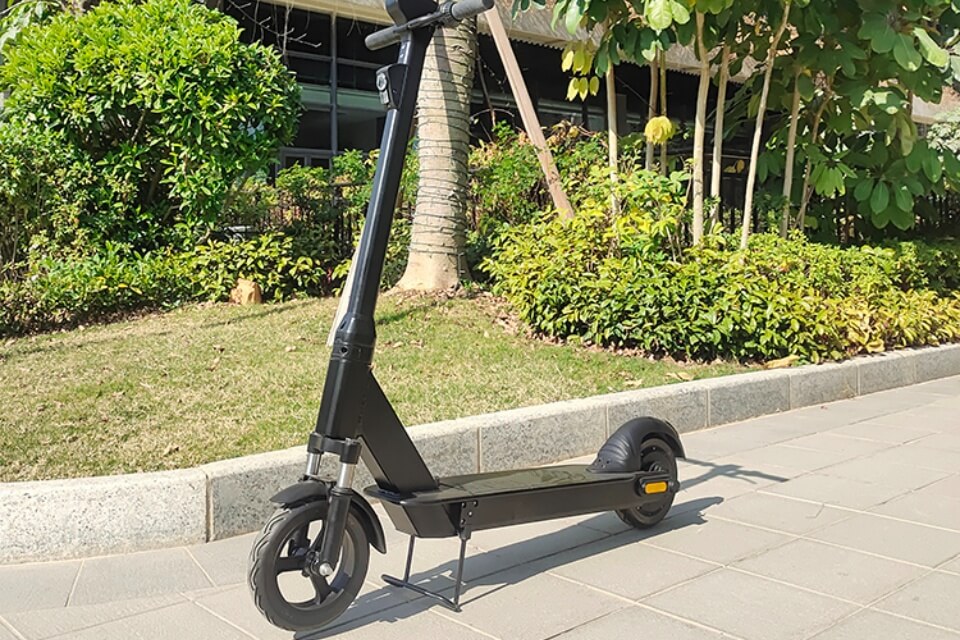
Scooter Systems
Scooter systems, particularly in the context of rental businesses, can be categorized mainly into docked and dockless models, each with its distinct operational frameworks and user experiences.
Docked Systems
Docked systems require users to pick up and drop off scooters at designated docking stations. This model is generally easier to manage, leading to tidier public spaces and often securing local government approval more readily. However, the limitations include the necessity for infrastructure investment in docking stations and the restriction that riders cannot leave scooters outside these locations.
Dockless Systems
In contrast, dockless systems provide users with the flexibility to locate, unlock, and park scooters anywhere within a geo-fenced area using GPS technology. This convenience has contributed to the growing popularity of dockless e-scooters, making them an attractive option for urban mobility. However, these systems pose challenges, such as the potential for scooters to be abandoned in random locations, which can create visual pollution and require stricter regulations to manage their use effectively.
Hybrid Models
Some cities have adopted hybrid models that incorporate both docked and dockless systems, using dockless scooters in lower-risk areas while implementing docking stations in busier zones. This approach aims to balance convenience for users with the need for organized scooter management.
Features and Considerations
When selecting a scooter system for rental businesses, factors such as model specifications, ease of use, and rider safety should be considered. Dockless scooters are typically equipped with built-in GPS and cellular connectivity, enabling real-time tracking and usage data collection, which is crucial for operational efficiency and cost management. On the other hand, docked systems might offer more straightforward logistics in terms of maintenance and recharging, as scooters are confined to specific areas. Ultimately, the choice between docked and dockless systems hinges on various operational goals, local regulations, and market demands, with each model offering unique advantages and challenges.
Market Trends
Growth of the E-Scooter Market
The global electric scooter (e-scooter) market has witnessed substantial growth, with projections indicating an estimated value exceeding 29 billion EUR by 2026. This surge can be attributed to the increasing urbanization and the need for efficient, eco-friendly transportation alternatives in congested urban areas. In emerging markets, particularly in Asia, the demand for personal e-scooter ownership is rapidly increasing, driven by factors such as urban congestion and air quality concerns.
Competitive Landscape
The e-scooter rental market is characterized by intense competition, particularly among well-established players like Bird, Lime, and Spin, which dominate the global scene. New entrants also pose a significant challenge; for example, the European micro-mobility startup Voi raised $85 million within a year of its establishment, indicating strong investor interest in the sector. As a result, new companies must create distinctive strategies to capture market attention and sustain profitability.
Technological Innovations
Recent advancements in technology are reshaping the e-scooter landscape. Features such as dynamic pricing models allow operators to adjust prices based on real-time demand, which optimizes revenue generation. Additionally, subscription services are gaining traction, providing users with a cost-effective way to access e-scooter services regularly while enhancing customer retention.
Market Consolidation
The e-scooter industry is experiencing a trend toward consolidation. Notably, in January 2024, Tier Mobility and Dott merged to create Europe’s largest e-scooter operator, backed by a significant investment of 60 million euros ($66 million) to fuel growth. This trend suggests that larger companies are increasingly acquiring smaller players to achieve economies of scale and expand their market presence.
Urban Challenges and Opportunities
Urban environments face critical challenges, such as traffic congestion and air pollution, which have intensified the demand for sustainable mobility solutions like e-scooters. Cities around the world are responding by legalizing e-scooters in public spaces and implementing safety guidelines. This regulatory support provides an opportunity for rental businesses to thrive, as cities recognize the potential economic and environmental benefits of incorporating e-scooters into their transportation frameworks.
Best Practices for Cities
Enhancing Accessibility and Economic Activity
Cities can leverage electric scooters to improve accessibility to shops, schools, workplaces, and attractions, consequently boosting economic activity. By integrating e-scooters into urban transport systems, municipalities can enhance overall mobility for residents and visitors alike. Establishing a network of scooter-friendly infrastructure, such as designated lanes and parking areas, contributes not only to increased convenience for scooter users but also promotes wider benefits for all pedestrians and cyclists through improved urban design.
Optimizing Scooter Allocation and Parking
To better serve underserved neighborhoods, cities should consider adjusting scooter parking prices. By reducing parking costs in these areas, municipalities can encourage scooter vendors to allocate more units to less trafficked zones, thus enhancing service equity. Furthermore, cities might implement a pricing model that charges vendors for scooters that remain parked in less desirable locations while providing incentives for proper parking in designated zones. This approach could optimize scooter distribution and generate revenue to support public spaces.
Regulatory Framework and Industry Collaboration
Developing clear regulatory frameworks is crucial for facilitating a safe and effective e-scooter ecosystem. Collaboration between local governments and scooter companies can promote safety and enhance regulatory compliance. Companies that adopt a “regulatory-friendly approach” often find themselves more attractive to investors and successful in securing operational permits, as evidenced by the success of Spin, a scooter company acquired by Ford.
Integration with Urban Planning
As cities evolve to become more accommodating to e-scooters, planning should prioritize the development of micro-mobility infrastructure. This includes creating protected bike lanes, designated parking zones for e-scooters, and integrating charging stations within urban environments. Such investments can significantly improve urban transport systems and support the seamless interchange between various modes of transport, including public transit. Implementing “mobility hubs,” where users can easily switch between e-scooters and other transport options, represents a progressive step in urban mobility planning.
Educational Programs and Safety Initiatives
To maximize the benefits of e-scooters, local governments should invest in educational initiatives that teach users safe riding practices and basic maintenance skills. By enhancing rider awareness and safety, cities can foster a positive environment for e-scooter use, ultimately contributing to higher ridership and reduced accidents. Additionally, providing maps and resources highlighting cyclist-friendly routes and scooter-sharing locations can further facilitate the adoption of these eco-friendly transportation options.
Case Studies
Overview of E-Scooter Rental Models
Electric scooter rental services have gained significant traction in urban environments, showcasing various operational models that cater to different user needs and market conditions. Companies such as Bird, Lime, and Spin exemplify the dockless scooter-sharing model, which offers flexibility by allowing users to pick up and drop off scooters at various locations without the need for designated docking stations. This approach has made e-scooters accessible to a broader demographic, encouraging a shift towards micro-mobility.
Challenges Faced by Rental Companies
While the electric scooter rental market has experienced rapid growth, it is not without its challenges. One notable issue is the maintenance of scooters, which often falls short due to high user turnover and careless handling. Many rental companies struggle with maintaining their fleets, leading to a reliance on chance when it comes to the availability of well-functioning scooters for users. Moreover, the rise in usage has raised concerns regarding the overall durability and safety of the scooters, particularly in cities with challenging terrains, such as Lisbon, where steep hills can adversely affect the longevity of rental scooters.
Market Insights and User Preferences
A successful e-scooter rental business must consider the specific needs of its target audience. Understanding the demographics that are likely to rent scooters—such as tourists seeking a convenient way to explore a city—can help in tailoring services effectively. Research suggests that areas with high foot traffic and a strong tourist presence are particularly lucrative for scooter rental operations, enabling businesses to achieve substantial profit margins of 20% to 35%.
Case Studies of Successful Rental Operations
Bird and Lime
Bird and Lime have emerged as leading players in the scooter-sharing market, utilizing a fleet of durable scooters designed for urban conditions. Their operational strategies include implementing user-friendly mobile applications for easy access and payment, which have been instrumental in attracting regular commuters. Their success underscores the importance of a seamless user experience and efficient fleet management.
Local Initiatives
In some cities, smaller local initiatives have thrived by focusing on niche markets. For instance, scooter subscription services have gained popularity by offering unlimited access to scooters, akin to ownership without the hassles of maintenance and location tracking. This model caters especially to regular users, enhancing customer loyalty and ensuring a steady revenue stream.




